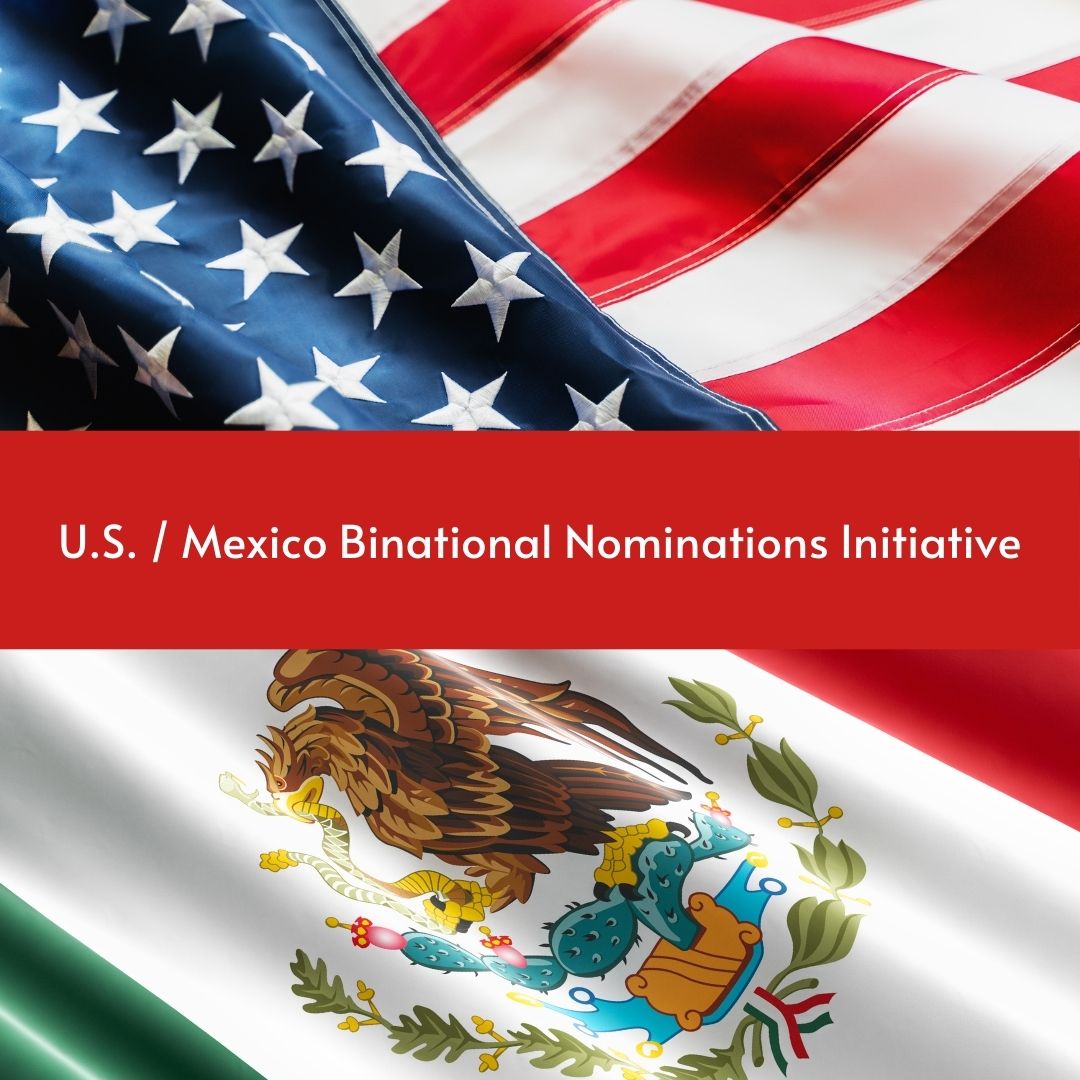The Initiative
We’re excited to announce that ICOMOS-USA has established a U.S./Mexico Binational Nominations Initiative to support the creation of four World Heritage Sites along the U.S./Mexico Border.
The seeds of the initiative were sewn at our 2023 Symposium–“Affirming Cultural Identity: World Heritage in the 21st Century,” in San Antonio, Texas–in a workshop devoted to promoting cooperation between ICOMOS-USA, the U.S. National Park Service (NPS), the Mexican National Commission of Natural Protected Areas (CONANP) and the Mexican National Institute of Anthropology and History (INAH). Since that time, we have chosen four specific sites to concentrate on and gathered partners such as ICOMOS-México, ICOMOS-España, the California Missions Foundation, Corredor Historico CAREM, and the MAGOOL Foundation to cooperate in this initiative.
Our work at ICOMOS-USA has been overseen by Douglas C. Comer, President; Destry Jarvis, Vice President; and Gilbert C. Correa, Binational Nominations Coordinator. We also wish to thank our many partners so far and those who will assist with these efforts in future. The World Heritage inscription process is long but the Outstanding Universal Value of these sites makes the effort all the more worthwhile.
The U.S./Mexico Binational Nominations Initiative aims to inscribe the following sites on the World Heritage List:
- El Camino Real de Tierra Adentro
- El Camino Real de las Californias
- El Pinacate y Gran Desierto de Altar Biosphere Reserve in Sonora, Mexico, with Cabeza Prieta National Wildlife Refuge and Organ Pipe Cactus National Monument in Ajo, Arizona
- Sierra del Carmen Mountains in Coahuila, Mexico, with Big Bend National Park in southwestern Texas
The Sites
El Camino Real de Tierra Adentro
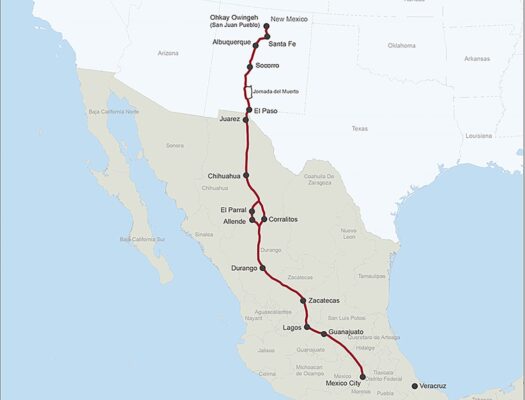
El Camino Real de Tierra Adentro (English: the Royal Inland Road), sometimes referred to as “the Silver Route,” was a 1,591-mile Spanish route from Mexico City, Mexico, to Okey Owingeh, New Mexico, in the United States. It is the oldest trade route in North America, in use for nearly 3 centuries—1598 to 1882.
Mexico successfully nominated the route for World Heritage listing in 2010. In the U.S., the Camino Real de Tierra Adentro was designated a National Historic Trail (NHT) by Congress and the President in 2000. However, the U.S. declined to support a parallel inscription for this route north of the U.S. border when Mexico proposed a dual World Heritage listing. During that period, the Bureau of Land Management felt that inscription would violate their duty regarding various land uses. We believe that the Bureau of Land Management of today will be more encouraging. For this nomination, we plan to propose the U.S. route as an extension of Mexico’s existing 2010 UNESCO World Heritage inscription.
To learn more about our efforts so far and the initiative as a whole, watch our recent World Heritage Webinar entitled “Tradition and Legacy on El Camino Real de Tierra Adentro.”
El Camino Real de las Californias
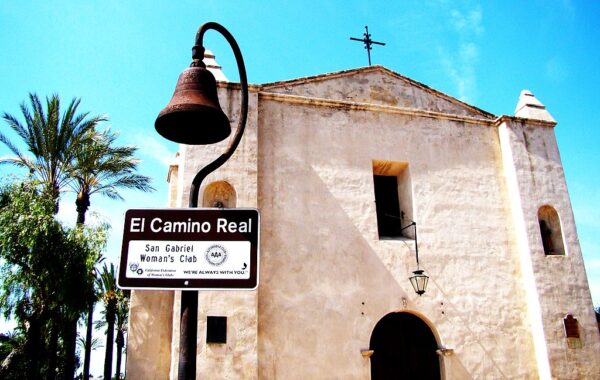
El Camino Real de las Californias (English: the Royal Road of the Californias) is a 594-mile-long commemorative route from Loreto, Baja California Sur, Mexico, to Sonoma, California, USA. Between 1769 and 1823, the Spanish Empire built 21 missions along the 600 miles of the California coast: the historic Camino Real de las Californias linked the 21 Spanish missions, several sub-missions, four presidios, and three pueblos. Some of these historic locations are still in use as churches today, while others are popular tourist attractions.
For this nomination, we are creating a task force to facilitate communication and collaboration with the Native American tribes tied to the Missions. We also plan to create a binational dossier with our colleagues at INAH Baja California and Baja California Sur.
El Pinacate y Gran Desierto de Altar Biosphere Reserve in Sonora, Mexico, with Cabeza Prieta National Wildlife Refuge and Organ Pipe Cactus National Monument in Ajo, Arizona
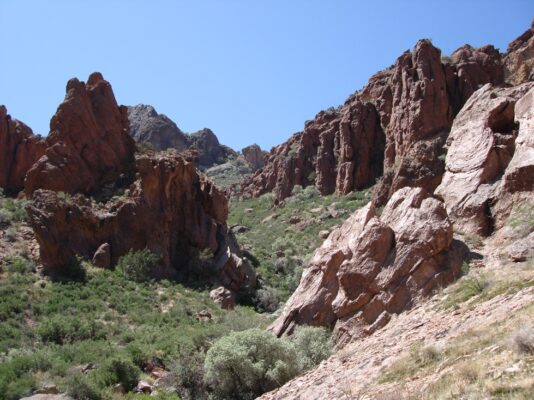
Credit: NPS
Despite having many common resources, assets, and characteristics across the border, the USA declined to nominate a “sister” site when El Pinacate y Gran Desierto de Altar Biosphere Reserve was inscribed as a World Heritage Site in Mexico in 2013. The U.S.-Mexico Sonoran Desert International Peace Park was first suggested by Department of the Interior Secretary Stewart Udall in 1965, but no concrete steps were taken to establish it. The area is primarily a wilderness, with Organ Pipe Cactus National Monument and Cabeza Prieta National Wildlife Refuge lying north of the border, with El Pinacate y Gran Desierto to the south. For this nomination, we will work closely with CONANP, the body that oversees the site in Mexico, the MAGOOL Foundation, and the UNESCO World Heritage Centre.
Sierra del Carmen Mountains in Coahuila, Mexico, with Big Bend National Park in southwestern Texas
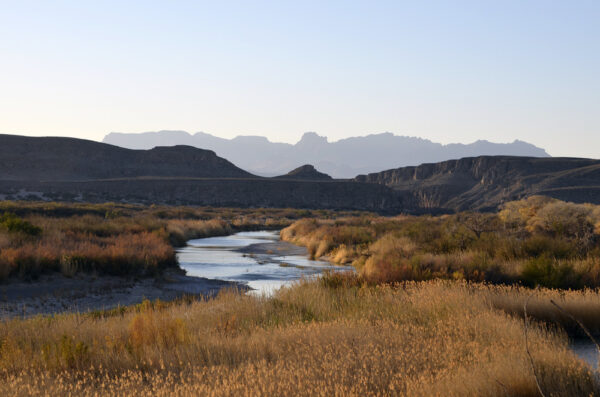
Credit: NPS Photo/Cookie Ballou
In 2008, Big Bend National Park was added to the U.S. Tentative List in anticipation of a potential nomination to the World Heritage List. This nomination has not yet taken place. Similarly, the Sierra del Carmen Mountains have been proposed for nomination by CONANP but have not yet been inscribed. Along with sharing their ecosystem, the two areas share a border along the Rio Grande. For this binational nomination, we will create a dossier with our colleagues at CONANP.
The Road Ahead
Our Binational Nominations Initiative will continue as we coordinate with the U.S. government, Mexico, UNESCO, the World Heritage Centre, ICOMOS, and the many NGOs and other organizations seeking international cooperation in heritage conservation. This will be a years-long effort: we ask our members, volunteers, and supporters to follow and assist with this binational initiative as we work towards four complex World Heritage inscriptions.
Please subscribe to our newsletter and social media feeds or visit our website the latest news about the U.S. / Mexico Binational Nominations Initiative. If you would like to support these efforts and our organization as a whole, please consider becoming a member and/or making a financial contribution.

